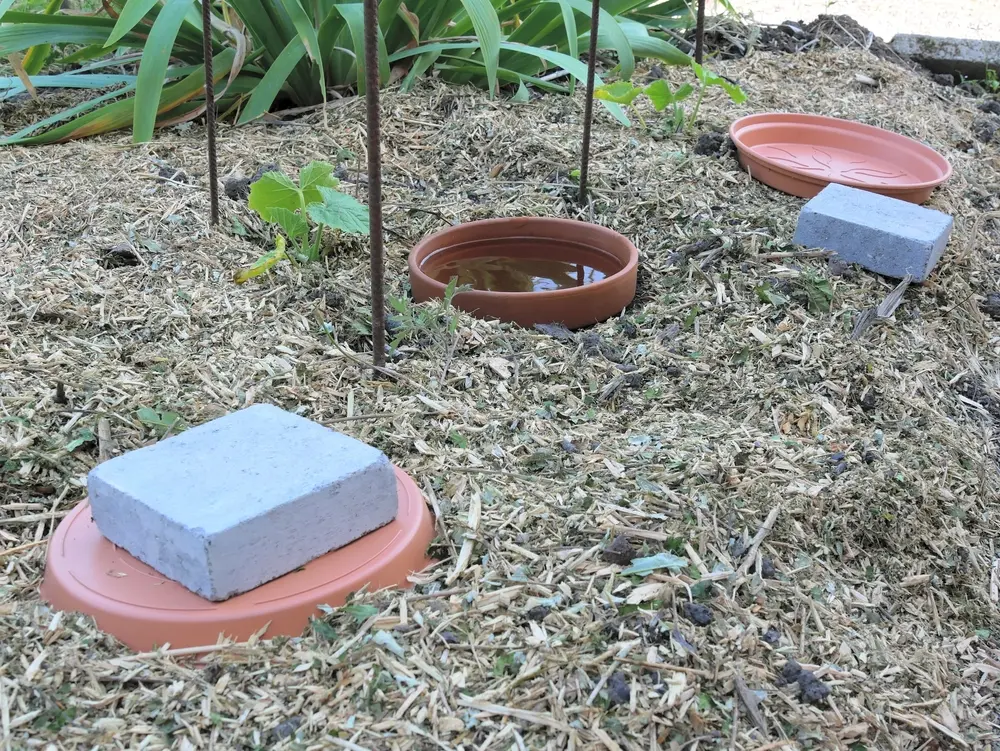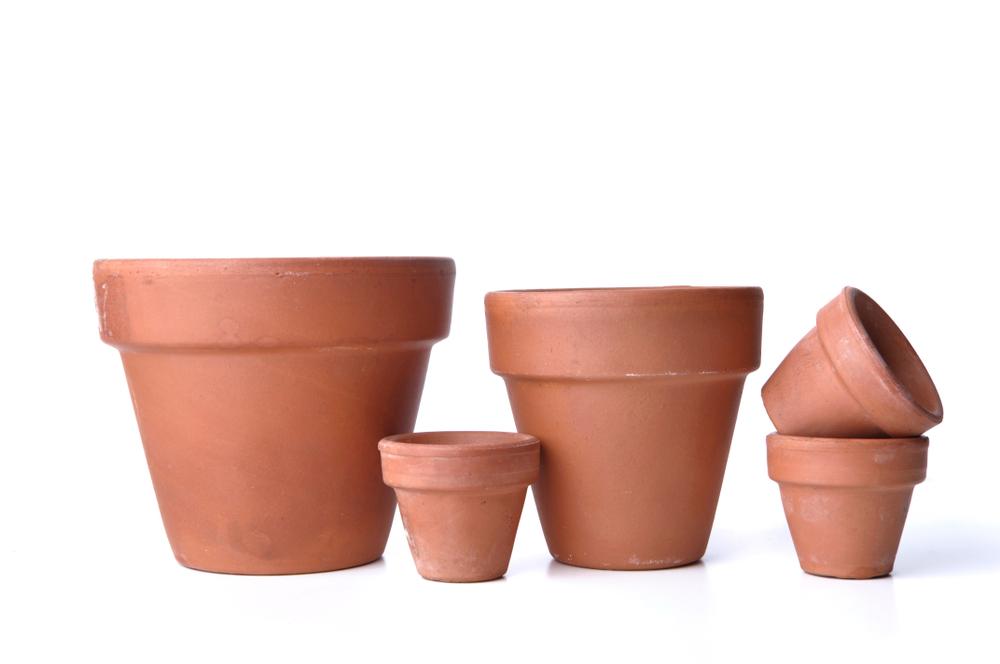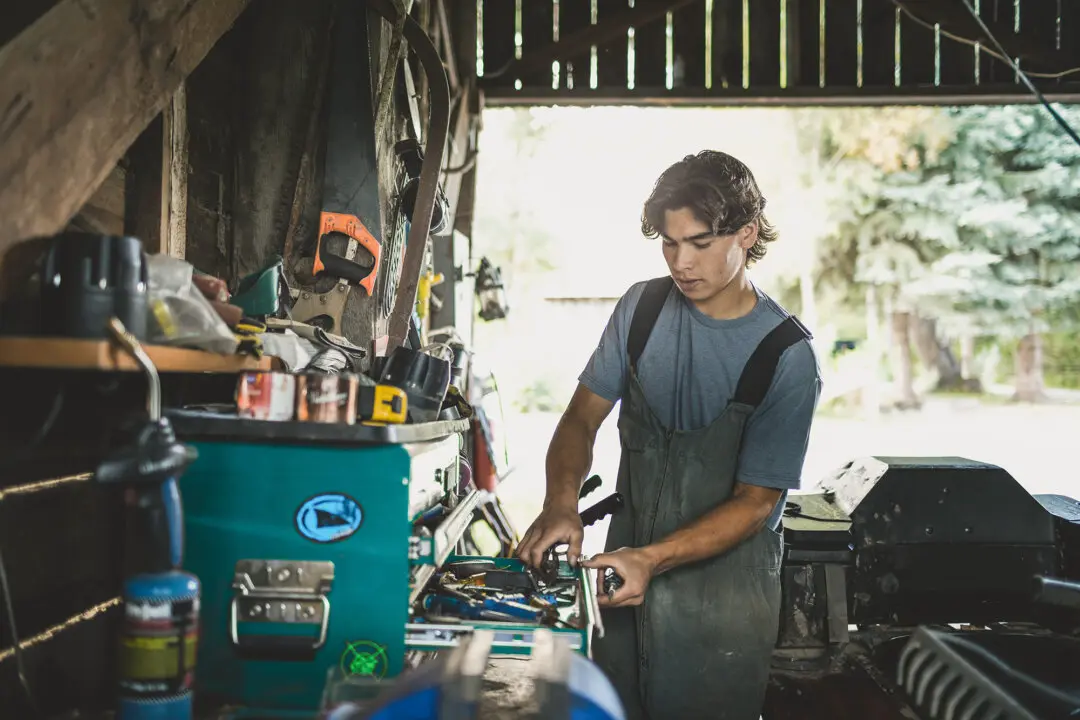All plants need water. Fruits and vegetables, in particular, can be extremely thirsty. Rainfall plays a large role, of course, and the garden may be fine without additional water for a few days or even weeks in a rainy season. But then the hot, dry days arrive, and the right irrigation system will not only make a gardener’s life easier by saving time; it will also conserve water and money. Depending on the size of the garden and how spread out it is—say, a 10-by-10-foot plot, as well as containers on a patio or porch—a garden may need more than one watering system.

Low-pressure, low-volume drip irrigation is considered by many to be the most efficient way to water a variety of in-ground plantings, raised beds, and container gardens. Igor Paszkiewicz/Shutterstock




